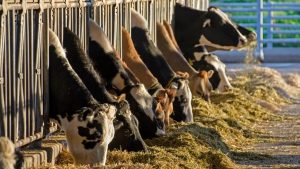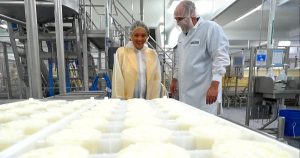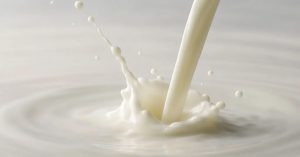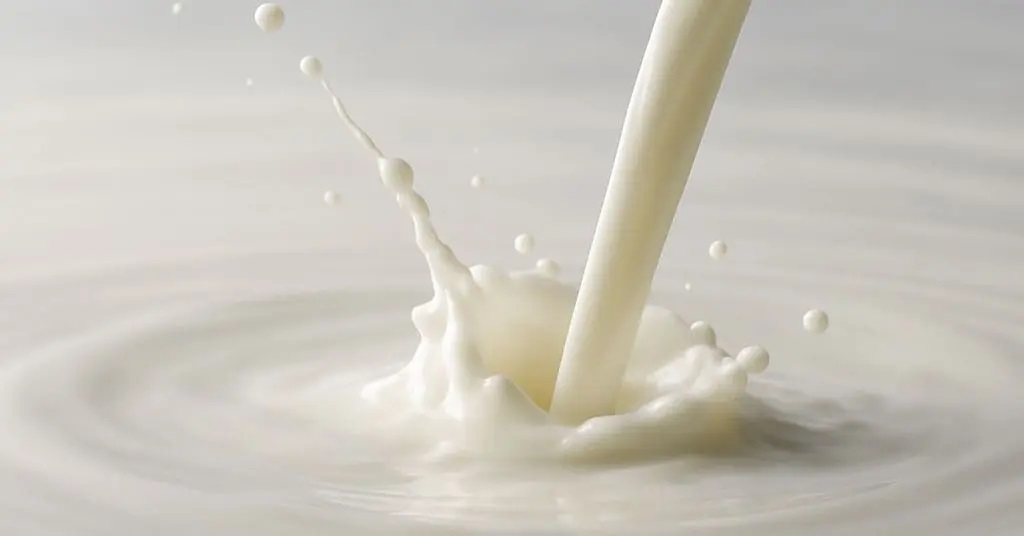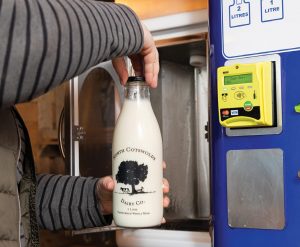More than half of US dairy exports are shipped to Mexico, Canada and China, which have all been targeted by Trump’s tariff policies.
President Donald Trump’s trade war is threatening US dairy exports just as the industry needs new markets for its booming production.
America exported about $8.2 billion of dairy products last year, the second-highest on record, according to the US Department of Agriculture. Companies have built and expanded factories with the hope of shipping even more.
China and Canada have already imposed retaliatory tariffs on some dairy from the US, raising the risk of crippling the industry’s overseas prospects.
“The US market could not absorb that additional production coming online, particularly if you’re talking about a pullback of exports,” said Shawna Morris, the National Milk Producers Federation’s executive vice president of trade policy and global affairs. Shipments abroad “will only continue to get more and more important.”
More than half of US dairy exports are shipped to Mexico, Canada and China, which have all been targeted by Trump’s tariff policies. Canada’s package of retaliatory tariffs already includes 25 per cent tariffs on American cheese, butter and dairy spreads, while China has placed 10 per cent duties on some milk products.
Trump is expected to announce so-called reciprocal tariffs on trading partners on Wednesday, while delayed 25 per cent tariffs on goods under the US-Mexico-Canada trade agreement are also expected to come into effect.
But while retaliatory tariffs are “top of mind,” the dairy industry is also “interested to see how the president might be able to use the leverage here, the threat of further actions, to drive real changes,” Morris said. Canada, for example, has a system limiting the amount of dairy imports under low tariffs that US producers have long considered unfair.
Prices for dairy contracts through June have already slumped, factoring in “sluggish sales” because of tariff threats and slow overall restaurant activity, said Corey Geiger, the lead dairy economist at farm lender CoBank’s research arm. Milk futures traded in Chicago last month dropped to the lowest level since April 2024, while whey prices reached a five-month low.
There are also concerns that proposed fees on Chinese-operated ships would “substantially increase the cost of dairy exports, placing American dairy producers and exporters at a sharp disadvantage,” the US Dairy Export Council and the National Milk Producers Federation said in a letter to the US Trade Representative. Nearly 40 per cent of American dairy exports are waterborne, according to the letter.
“It’s kind of a double-edged sword here — not only the uncertainty of reciprocal tariffs, but also the uncertainty of those potential port fees on certain ships that would be docking at US ports,” said Lucas Fuess, a senior dairy analyst at Rabobank.
“Ultimately, it’s just another one of those proposals right now that is adding uncertainty into global trade and US exports.”






